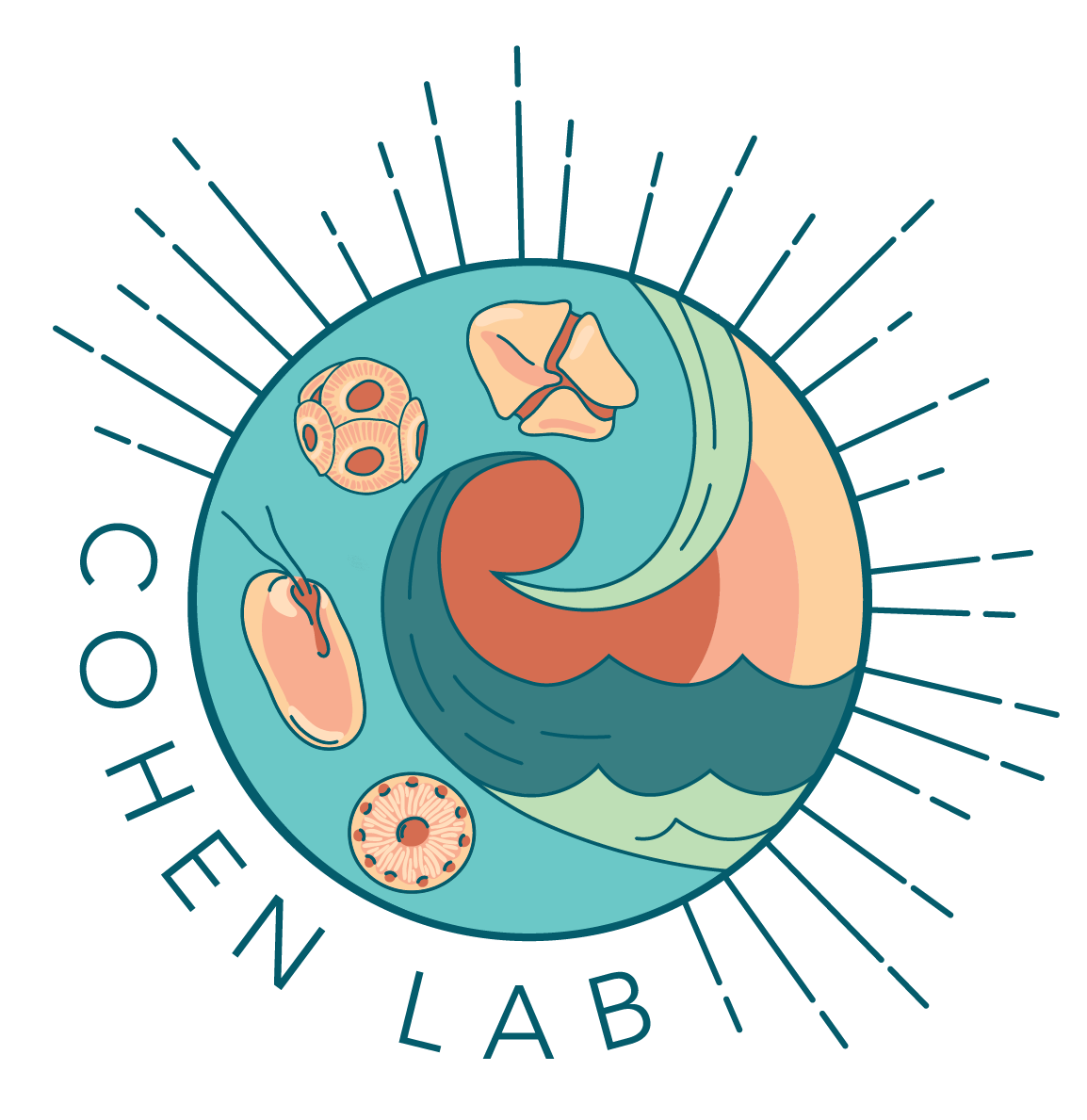
Research Interests
Metal physiology
Bioessential trace metals are micronutrients required for life. If concentrations are too low, they may limit growth or select for the presence certain organisms. Metal abundance and availability to microbes depends on the complicated sources, sinks and behavior of each metal. Examples of events that introduce metals to surface seawater include heavy rainfall in coastal settings, and dust transport offshore. How do phytoplankton currently acclimate to rapid shifts in metal supplies, and how might they respond to future fluctuations?
We are addressing this by exploring the molecular physiology of representative cultured phytoplankton from coastal and offshore regions of the ocean, and through incubation experiments that simulate natural metal enrichment events. This work elucidates the intracellular processes that facilitate phytoplankton growth, and provides a basis for predicting how future changes in metal supplies may influence community assemblage and ecosystem function
Microbial metabolism across geochemical gradients
We seek to understand how microbial eukaryotes (protists) alter their metabolism and physiology across natural chemical gradients in the ocean. How do diverse protists structure cellular requirements along these various chemical landscapes, and what are the broader implications for community ecology and biogeochemical carbon cycling?
We use a combination of ’omic and geochemical tools to address these questions at several ecologically important transition sites: the oligotrophic-upwelling interface in the central Pacific, coastal-offshore transects of the North Atlantic, and a hydrothermal vent site in the South Pacific.
Harmful algal blooms
Harmful algal bloomers (HABs) threaten ecosystem health through the production of organic compounds (such as toxins), or by causing bottom water oxygen depletion. In Georgia and beyond, coastal ecosystems are monitored for the presence of HABs. HAB species routinely show up in our Skidaway River Estuary, but what determines whether blooms form? And how are they responding to anthropogenic changes in their physical and chemical environment? In 2017, high numbers of the dinoflagellate Akashiwo sanguinea was thought to be responsible for a shellfish mortality event. We are interested in expanding monitoring efforts in GA by establishing their seasonal timing, documenting their relationship with water quality parameters, and characterizing their interactions with other microbes in the ecosystem.
Mixotrophy
Mixotrophic microbes that are capable of both photosynthesis and heterotrophy (eating) impact carbon flow in important ways. Certain mixotrophs can flexibly change the amount they photosynthesize vs. eat, depending on environmental conditions such as macronutrients or light. However, relatively few ecosystems have been studied to date! An open question is whether low nutrient supplies may induce shifts in mixotrophic activity. We are exploring mixotrophy in culture to gain an understanding of regulating factors, and in the natural environment to quantify and characterize its ecological function




